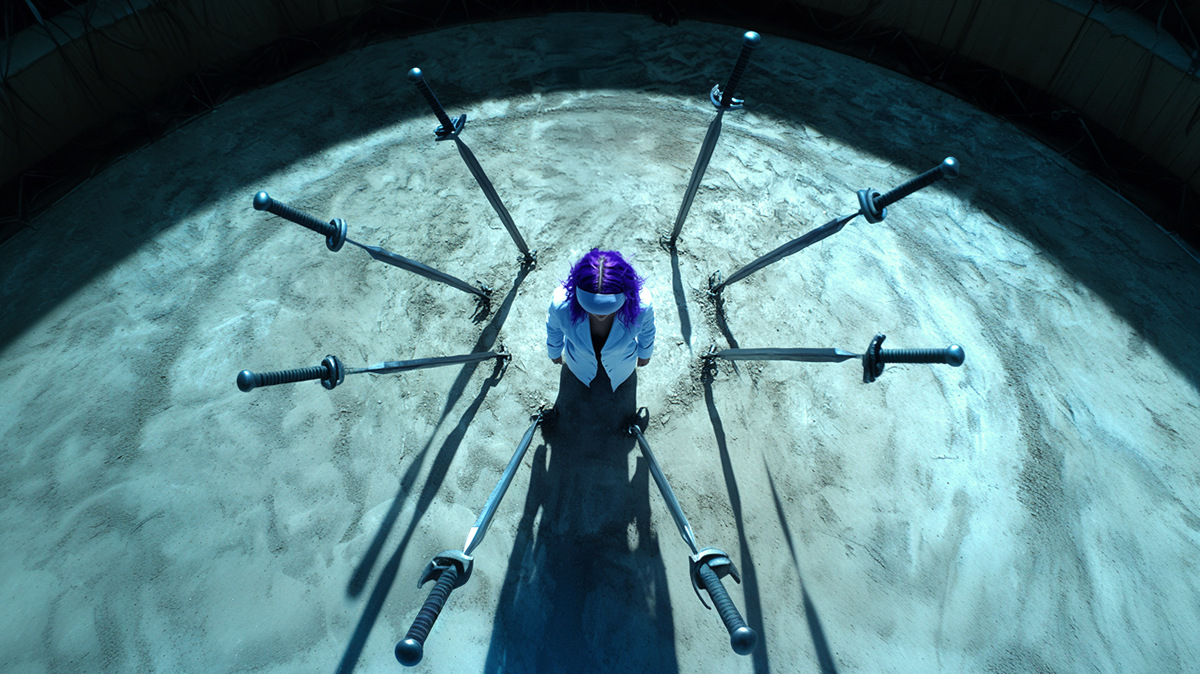The Reflection


Before I jump into what I have named The Reflection, I want to summarize some of the points that I have tried to make so far. The first major point is the distinction between sex and gender. Although genetics has been well studied, the human genome defines only physical characteristics, such as hair color or eye color, whether you grow up tall or remain petite. The collection of physical characteristics can be grouped, one of which is the group of primary sex characteristics. The lines are blurred by intersex characteristics, but the primary sex characteristics allow humans to be painted with the broad brush stroke of male or female. These are biological terms.
It was observed, however, that the two terms male and female were insufficient to capture the richness of human psychology. Instead, the word gender came to be used to describe assuming a group of characteristics that is constructed by and specific to the society around it regarding behavior and appearance. The words man and woman came to describe these groups. These are psychological and sociological terms.
There is no clear scientific correlation between sex and gender. That is, although male and man are correlated frequently, there is not (at the time of writing) a clear genetic or biological basis for expressing the social characteristics of man because of an XY genotype. It is a fallacy to assume the two concepts are identical, and is the origin of much discussion today.
The second major point to summarize has to do with experience as a precondition to understanding. That is, without having witnessed or sensed an aspect of the human experience, it is impossible to empathize with or judge it. For instance, the majority of humans who are genetically male cannot understand the experience of the gender woman, not having related within and to society expressing that group of social characteristics. In this case, the sex male, being distinct from the gender woman, represents a mismatch among biology, psychology, and sociology.
Where Does Identity Come From?
Identity is what makes you feel like yourself, the little things that define you and distinguish you from everybody else in the universe. From the lack of definite correlation between biology and identity, it is clear that physical presentation is only one component of identity, and a rather weak one, at that.
For example, imagine if you dyed your hair a brilliant and beautiful shade of purple. Your basic cognition does not change. You still think like you did before purple hair, you still feel the same way about things as you did before purple hair, you probably still like the same food and music and art. That said, you might feel very differently about yourself. Maybe now you feel more beautiful or more self-conscious. Purple hair may also change the way people in society feel about you. You may be welcomed in some places, shunned in others.
All of this together is what constitutes identity: your physicality, your psychology, how you feel about and view yourself, and how the combination fits into the social norms around you. Together, your physical traits and emotional traits are contained by — sometimes limited by — the traits of your social environment. As a whole, to borrow an art analogy, these act as figure and ground in the painting of your identity.
Changing your physical presentation is not sufficient to change who you are completely. The same would be true if we could change our genetics to the point that it changed how our bodies build themselves. Genetics and biology are not the foundation for identity and should not be equated.
No Pain, No Healing
To focus on physicality for a moment, imagine that you have lost sensation in a part of your body. If a jerk comes along and pokes a pin into that part of your body, he might laugh, but you cannot — and not because you are crying out with pain. You do not experience the pain that the jerk intended to inflict upon you. You cannot understand why the jerk thinks you should be in pain because you do not experience it. (You probably also don’t understand why there are jerks walking around poking pins into people, but let that go for the moment.)
The part of your body with no sensation does not cause you pain, and you cannot take action to remedy it. That is, if we do not experience the pain of a situation, we do not understand what to fix, and — if we realize that we should fix anything — our attempts are far less effective (even if it is just to confiscate pins from all the jerks of the world).
For most of my life, I have observed that emotions and physical pain have occurred, but I have not truly experienced them. I have not felt that anything I have done and accomplished — my marriage, my family, the education I earned, the success I have had at work — are accomplishments of which I should be proud. However, beginning Hormone Replacement Therapy (HRT) has allowed me to begin feeling some of what I have missed — emotionally and physically.
What Is The Reflection?
When I look in the mirror, I do not see who I really am. My biological structure does not match the gender that is vital to my identity. In fact, I do not even see what I think of as a person in the mirror; I see somebody to whom I cannot relate. As a result, everything in my life feels as it if it happens to somebody different. It has all been done by and happened to the person in the mirror, not the person I know I am. In my judgment, what I see is a non-person, and that feeling contributes significantly to my struggles with self-worth and poor mental health. I have harmed myself unconsciously because I wanted to rid myself of the person that I saw.
I have named the sense of dissonance in my identity The Reflection. What I see and what is shown to the universe is not who I am. This dissonance is exacerbated by the knowledge that what is reflected in the mirror is presumably an accurate rendering of my physical nature (I rule out having had funhouse mirrors in the bathroom my whole life). The Reflection is who has experienced my life; I have not. As a result, I have been unable to understand what I have done wrong and how to make it better. The pain could not penetrate the dissonance and remained to bother The Reflection instead of me. Also as a result, I have been unable to understand what has been joyous and how to honor it. The happiness could not penetrate the dissonance and remained uncelebrated.
Where Do I Go from Here?
I do not think that I would have recognized The Reflection if I had not had the very odd sensation of beginning to feel since beginning HRT. I am feeling my emotions and can use them to guide my way. Even more strange is that my tolerance for physical pain seems to have decreased. Earlier in my life, I cut the skin of my chest, arms, and legs with razor blades or knives indiscriminately, sometimes to the point that I likely required stitches. Now I wipe away tears if I nick myself shaving my legs.
There is something very fundamental in beginning HRT that has begun to integrate my identity. At three months, I have some changes in physicality, but certainly not to the extent that I recognize myself completely in the mirror. I believe that there is a combination of biochemistry, physical presentation, psychology, neurology, and sociology that are beginning to congeal into who I am — into Amethysta. I suspect that there is one more component — what I would call spirit or soul — that vivifies all the rest, but I will restrain myself from getting too philosophical as yet. I have much more to address in the months to come.




